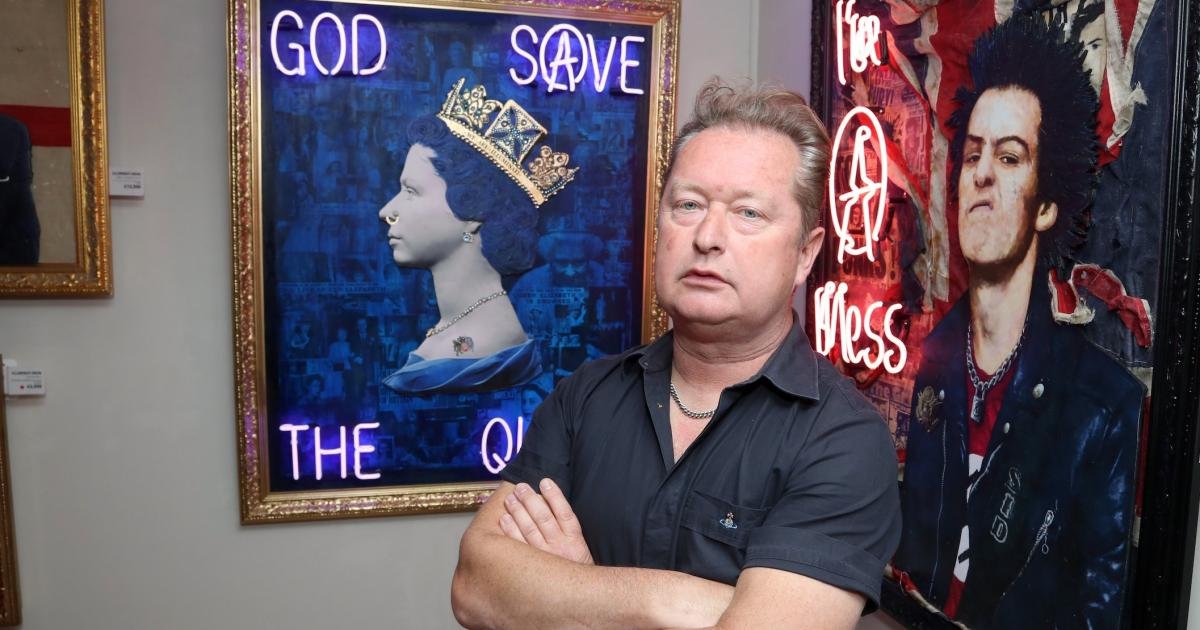The Constitution of India, in its original calligraphed form, opens not just with words, but with waves. Part XXII, which formally names the document (“This Constitution may be called the Constitution of India”), is flanked by two oceanic illustrations. The first shows a boat setting sail, the shore still in view. The second, more elaborate, depicts an ancient ship battling a storm, every hand on deck as towering waves threaten to swallow it.
These evocative images were created by Indian modernist Nandalal Bose and his team at Shantiniketan. In his new book The Constitution We Adopted (With Artworks), senior advocate Vijay Hansaria argues that these illustrations are not decorative filler but potent symbols. He challenges the common assumption that the Constitution’s visual elements are unrelated to its text.
The Constitution We Adopted (With Artworks)
Edited by Vijay Hansaria
Mohan Law House
254 pages
Rs 999
Hansaria sees the two maritime images as particularly fitting for the final section of the Constitution—Part XXII—which not only conferred the document’s title but also brought key Articles into effect on November 26, 1949, while repealing two colonial laws. It marked India’s official launch as a constitutional republic. To Hansaria, the first image signals a nation setting sail on a new voyage; the second, perhaps, alludes to the British Empire in turbulent retreat.
Also Read | Recalibrating the moral compass
“This is perhaps what the artists had in mind,” Hansaria notes. “Even if there’s no direct correlation between text and image, there was clearly careful thought and planning behind the illustrations.”
Now 75 years old, the Indian Constitution is believed to be the only one in the world adorned with artworks. These visuals cover a sweeping arc of Indian history—Mohenjo-daro, the Vedic and Mauryan periods, the Guptas, the Mughals, colonial rule, and the freedom struggle—as well as scenes from the Ramayana and Mahabharata, and depictions of India’s natural geography.
Yet, for all their significance, these illustrations have rarely been reproduced outside the original volume. That scarcity was part of what motivated Hansaria. During a Rajya Sabha debate on February 11, 2025, BJP MP Radha Mohan Das Agrawal lamented that most available copies of the Constitution omit the artwork. Rajya Sabha Chairman Jagdeep Dhankhar agreed, urging that the illustrated version be made more accessible. Hansaria took up the challenge.
Cover of The Constitution We Adopted (With Artworks).
“Nandalal Bose is a celebrated name in Indian modern art. But in the context of the Constitution, he and his team remain unsung heroes,” Hansaria says. “These artworks have not been made widely available.”
The book also reproduces a letter from Dr Rajendra Prasad, Chairman of the Constituent Assembly, inviting Bose—just a month before the Constitution’s adoption—to illuminate the calligraphed document: “…the illuminated manuscript will be treasured by the nation and by future generations as a monument not only of our political and intellectual labours but also of the nation’s artistic achievements.”
Hansaria’s research reveals that surprisingly little critical attention has been paid to these illustrations or their conception. His book attempts to fill that gap—not only by reproducing the visuals but by documenting the process and the personalities behind them.
One of the Constitution’s distinctive features is its calligraphy, executed in English by Prem Behari Narain Raizada and in Hindi by Vasant Krishna Vaidya. Hansaria uncovers a striking detail: Raizada agreed to undertake the calligraphy on one condition—that he would sign every page. As a result, all 222 pages of the English version bear the signature “Prem”, with the final page also including his grandfather’s name. The Hindi version, spread across 253 pages, bears Vaidya’s full signature on six pages and his initials on 15.
The book is full of such details—what Hansaria calls “trivia” but which collectively animate the dry myth of a faceless bureaucracy. The margin of each page, for instance, is bordered with a floral vine. On the final page, Alladi Krishnaswamy Iyer’s Hindi signature stretches into the margin, prompting a deft tweak in the design. “It is evident that the decoration was added after the writing was completed,” Hansaria observes. “The floral pattern bends around Iyer’s signature, accommodating it beautifully.”
Another striking feature in the book is what Hansaria terms the “Constitution Clock”, an illustration marking 12 key steps in the document’s adoption. The time it shows is 11:55 pm—a nod to the moment on August 14, 1947, when Rajendra Prasad led the Constituent Assembly in a pledge to serve the country and its people.
Also Read | A vote for constitutional values
Appropriately, the book also includes the original, unamended text of the Constitution—Articles and Schedules as adopted in 1949. “What we mostly see are amended versions,” Hansaria notes. “There have been 106 amendments. The original is neither easy to find nor easy to carry.” By reproducing it in full, the book lets readers encounter the document as it was first imagined.
Hansaria’s project is more than legal archaeology. It is a reminder that the Constitution is not only a legal contract but a cultural artefact—handmade, illustrated, argued over, and adorned with care. In reclaiming its visual and material history, The Constitution We Adopted restores some of the imagination that shaped the Republic in its earliest hours.






